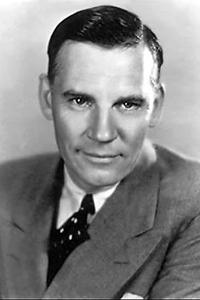War Department Report
Genres
Documentary
OverView
The first official War Department Report by the Office of Strategic Services using American newsreel footage and footage of film captured from the enemy. Topics include: Gran Sasso aftermath; Japan’s conquered territory; Germany’s troops and provisions; US Military supply logistics; and battle strategy. Preserved by the Academy Film Archive in 2012.
Others
Budget
$--
Revenue
$--
Status
Released
Original Language
English
Runtime
47 mins
Rating
6/10
Release Date
07 December 1943
Country


